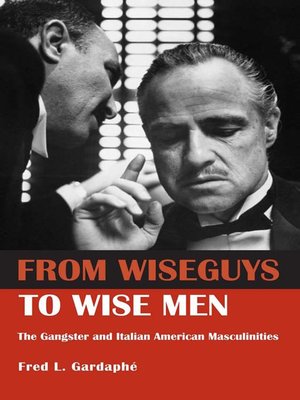From Wise Guys to Wise Men
ebook ∣ The Gangster and Italian American Masculinities

Sign up to save your library
With an OverDrive account, you can save your favorite libraries for at-a-glance information about availability. Find out more about OverDrive accounts.
Find this title in Libby, the library reading app by OverDrive.



Search for a digital library with this title
Title found at these libraries:
| Loading... |
As the real American gangsters of yesterday recede into the history books, their iconic figures loom larger than ever. From Wiseguys to Wise Men studies the cultural figure of the gangster, and explores its social function in the construction and projection of masculinity in the United States.
Gardaphe shows how the gangster can be seen as a 'trickster' figure. The trickster figure exists in many cultures and serves as a model of improper behavior. The gangster has served as that figure in American culture by showing what is and is not authentically American. It is not American to speak a language other than English. It is not American to use violence to secure business deals. It is not American to have both a mistress and a wife and family. However, in the hands of Italian-American artists, the gangster becomes a more telling figure in the tale of American race, gender, and ethnicity-a figure that reflects the autobiography of an immigrant group just as it reflects the fantasy of a native population.
While this figure has been a part of American literature since even before Fitzgerald's The Great Gatsby, it has only been with the revolution in cinema, and the work of Francis Ford Coppola and Martin Scorsese that the figure of the gangster has been humanized and disseminated on a large scale. Gardaphe investigates the role of the gangster in their films, as well as the literature of such great Italian American writers as Mario Puzo and Gay Talese.
By looking at the cultural icon of the gangster through the lens of gender and masculinity From Wiseguys to Wise Men presents new insights into material that has been part of American culture for close to 100 years.






